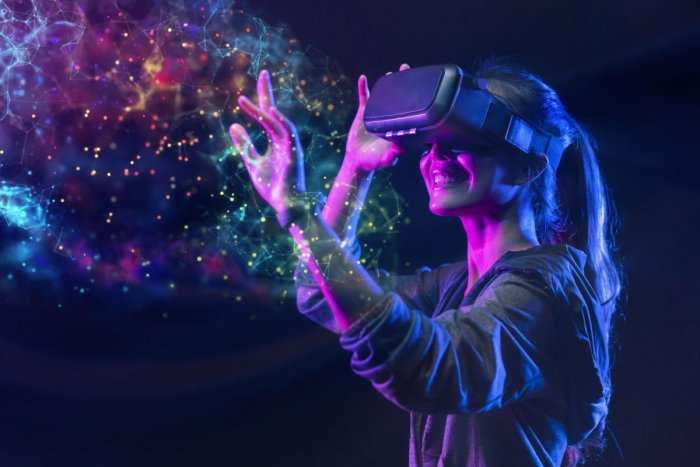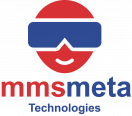
Introduction
The line between the digital and physical worlds is becoming increasingly blurred, thanks to the rapid advancement of immersive technologies like Virtual Reality (VR), Augmented Reality (AR), and Mixed Reality (MR). These tools are not just transforming our leisure activities but are reshaping industries, enhancing educational methodologies, and revolutionizing healthcare practices. This blog delves into how these technologies are creating new realities and what the future holds.
Before we explore their applications, let’s define what these technologies are:
Virtual Reality (VR): VR creates an entirely artificial environment. With headsets or specialized rooms, users are transported to different worlds – from simulated space adventures to recreations of historical events.
Augmented Reality (AR): AR overlays digital information onto the real world. Through smartphones or AR glasses, users can see additional information overlaid on their surroundings, enhancing their perception of reality.
Mixed Reality (MR): MR combines elements of both VR and AR. It allows for interaction with and manipulation of both physical and virtual environments and objects.
Immersive technologies are finding applications in a variety of sectors:
Entertainment and Gaming: The gaming industry has been revolutionized by VR and AR, offering immersive experiences that traditional consoles can’t match. Theme parks are also adopting these technologies to create more engaging attractions.
Education and Training: Immersive tech is proving invaluable in education. VR and AR can simulate complex environments for training purposes, from piloting aircraft to performing intricate surgical procedures, providing a risk-free learning environment.
Healthcare: In healthcare, VR is being used for therapy, such as treating PTSD, while AR assists in complex surgeries by providing real-time, 3D visualizations of the patient’s anatomy.
Retail and Marketing: AR apps allow customers to try products virtually before buying, from clothes to furniture, enhancing the shopping experience and reducing returns.
Real Estate and Architecture: VR is changing how architects design and showcase their work, allowing clients to walk through a building before it’s built.
Manufacturing and Design: In manufacturing, AR assists in maintenance and assembly processes, while designers use VR and MR for prototyping and product design.
Despite its potential, immersive technology faces challenges. These include:
Hardware Limitations: The current generation of VR headsets and AR glasses are often bulky and expensive, limiting widespread adoption.
Content Creation: Developing content for VR and AR can be costly and time-consuming, requiring specialized skills.
User Experience: Ensuring a comfortable and engaging user experience is crucial. Issues like motion sickness in VR need to be addressed.
Privacy and Security: As with any technology, data privacy and security are major concerns, especially when dealing with personal and biometric data.
Looking ahead, the future of immersive technology is incredibly promising. We are likely to see more lightweight, wearable devices, and more intuitive user interfaces. Advancements in AI and machine learning will also enhance the capabilities of these technologies, making them more adaptive and personalized.
Immersive technology is not a distant dream but a present reality, rapidly transforming how we interact with the world and each other. As it continues to evolve, we can expect even more seamless integration of virtual and physical realities, creating experiences that are currently beyond our imagination. In embracing these technologies, we open doors to unprecedented opportunities and experiences, fundamentally altering our perception of reality.






